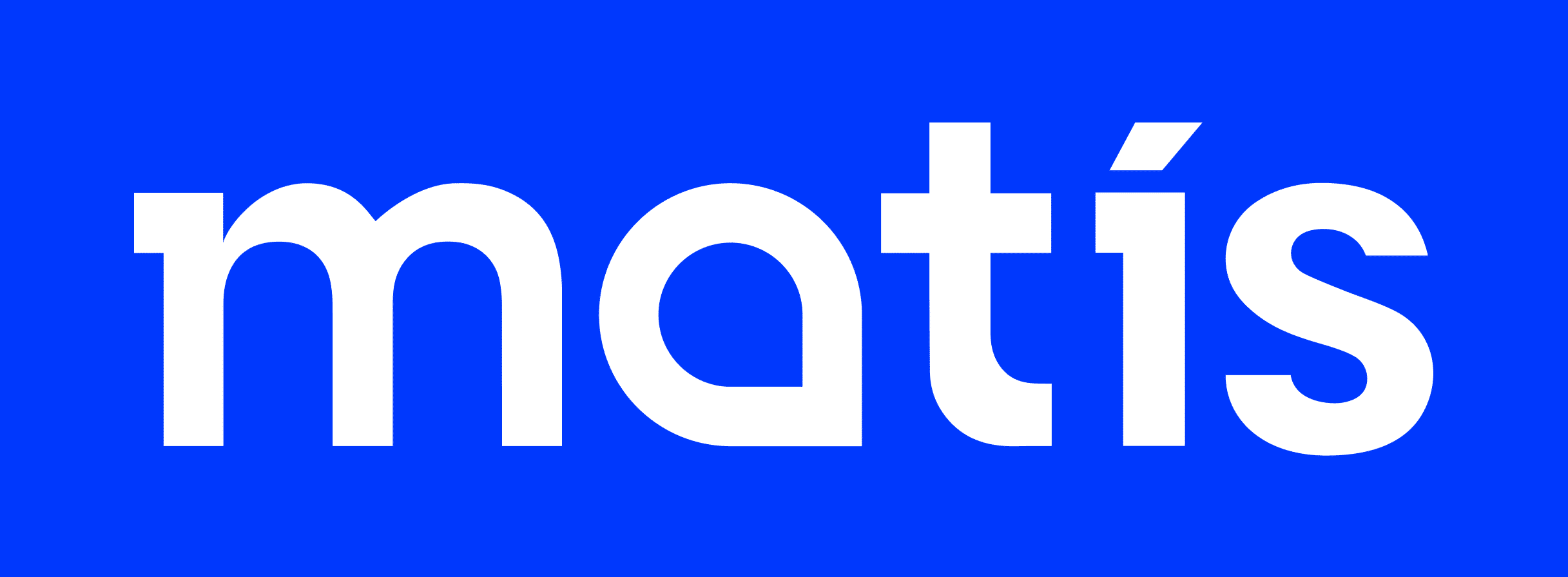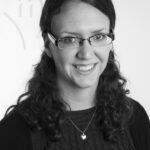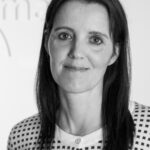Quality changes of protein and non-protein nitrogen compounds during industrial fishmeal processing of fatty pelagic species (mackerel/herring rest material blend, MHB) and lean fish (whole blue whiting, BW) were studied to identify processing steps that require optimization to allow production of products for human consumption. Samples from protein-rich processing streams throughout the fishmeal production were analyzed for proximate composition, salt soluble protein content (SSP), biogenic amines (BA), total volatile basic nitrogen (TVB-N), trimethylamine (TMA), and dimethylamine (DMA ). Mass flows throughout processing were balanced based on the total mass and approximate composition data. The quality of the final fishmeal products was highly dependent on the fish species being processed, indicating that the processes require optimization towards each raw material. The chemical composition changed in each processing step, resulting in different properties in each stream. Most of the non-protein nitrogen compounds (including BA, TVB-N, TMA, and DMA) followed the liquid streams. However, the concentrate contributed less than 20% to the produced fishmeal quantity. Mixing of this stream into the fishmeal processing again, as currently carried out, should thus be avoided. Furthermore, the cooking, separating, and drying steps should be optimized to improve the water and lipid separation and avoid the formation of unwanted nitrogen compounds to produce higher-value products intended for human consumption.
Author: Kristín Edda Gylfadóttir
This chapter provides a summary of food production in three regions of the Arctic. These include: the entirety of Iceland; Norway's three northernmost counties—Nordland, Troms, and Finnmark; and northern Canada, including Yukon, Northwest Territories, Nunavut, Nunavik, and Labrador. In 2016, the Sustainable Development Working Group endorsed The Arctic as a Food Producing Region research project. The export of fish and fish products are by far the most important export items from Iceland and contribute significantly to the Icelandic economy. From 2012 to 2016, Norway exported fish products worth 339,207,335,000 Norwegian krone. Marine products accounted for 89% of northern Canada's total food export. There are over 3,000 sheep farms in Iceland. These farms tend to be small and family owned. The sheep farming is as old as the human settlement of Iceland. The largest agricultural production systems in Northern Norway are based on meat production. The agricultural production in northern Norway is the northern most active agricultural system in the world.
Background
The marine thermophilic bacterium Rhodothermus marinus can degrade many polysaccharides which makes it interesting as a future cell factory. Progress using this bacterium has, however, been hampered by limited knowledge on media and conditions for biomass production, often resulting in low cell yields and low productivity, highlighting the need to develop conditions that allow studies of the microbe on a molecular level. This study presents development of defined conditions that support growth, combined with evaluation of production of carotenoids and exopolysaccharides (EPSs) by R. marinus strain DSM 16675.
Results
Two defined media were initially prepared: one including a low addition of yeast extract (modified Wolfe's medium) and one based on specific components (defined medium base, DMB) to which two amino acids (N and Q), were added. Cultivation trials of R. marinus DSM 16675 in shake flasks, resulted in maximum cell densities (OD620 nm) of 2.36 ± 0.057, cell dry weight (CDW) 1.2 ± 0.14 mg/L, total carotenoids 0.59 × 10-3 mg/L, and EPSs 1.72 ± 0.03 mg/L using 2 g/L glucose in DMB. In Wolfe's medium (supplemented by 0.05 g/L yeast extract and 2.5 g/L glucose), maximum OD620 nm was 2.07 ± 0.05, CDW 1.05 ± 0.07 mg/L, total carotenoids 0.39 × 10-3 mg/L, and EPSs 1.74 ± 0.2 mg/L. Growth trials at 5 g/L glucose in these media either failed or resulted in incomplete substrate utilization. To improve reproducibility and increase substrate utilization, a screening of macroelements (eg phosphate) in DMB, was combined with the use of trace elements and vitamins of the modified Wolfe's medium. The resulting defined minimal R. marinus medium, (DRM), allowed reproducible cultivations to a final OD620 nm of 6.6 ± 0.05, CDW 2.85 ± 0.07 mg/L, a maximum specific growth rate (µmax) over 0.26 h−1, total carotenoids 0.77 × 10-3 mg/L and EPSs 3.4 ± 0.17 mg/L in cultivations supplemented with up to 5 g/L glucose.
Conclusion
A minimal defined medium (DRM) was designed that resulted in reproducible growth and an almost doubled formation of both total carotenoids and EPSs. Such defined conditions, are necessary for systematic studies of metabolic pathways, to determine the specific requirements for growth and fully characterize metabolite production.
Atlantic salmon aquaculture is expanding, and with it, the need to find suitable replacements for conventional protein sources used in formulated feeds. Torula yeast (Cyberlindnera jadinii), has been identified as a promising alternative protein for feed and can be sustainably cultivated on lignocellulosic biomasses. The present study investigated the impact of torula yeast on the growth performance and gut microbiome of freshwater Atlantic salmon. A marine protein base diet and a mixed marine and plant protein base diet were tested, where conventional proteins were replaced with increasing inclusion levels of torula yeast, (0%, 10%, 20%). This study demonstrated that 20% torula yeast can replace fish meal without alteration to growth performance while leading to potential benefits for the gut microbiome by increasing the presence of bacteria positively associated with the host. However, when torula yeast replaced plant meal in a mixed protein diet, results suggested that 10% inclusion of yeast produced the best growth performance results but at the 20% inclusion level of yeast, potentially negative changes were observed in the gut microbial community, such as a decrease in lactic acid bacteria. This study supports the continued investigation of torula yeast for Atlantic salmon as a partial replacement for conventional proteins.
The Atlantic salmon (Salmo salar) aquaculture industry is growing, and with it, the need to source and optimize sustainable ingredients for aquafeeds. Black soldier fly (BSF) larvae (Hermetia illucens) have received increasing research attention since they are a good source of protein that can efficiently convert a wide range of low-value organic material into valuable resources. This study investigated the impact of three differently processed BSF meals, an untreated BSF diet (BSFC+), a dechitinated BSF diet (BSFC-) and a fermented BSF diet (BSFC+P+) at a 10% inclusion level replacing fish meal in a fish meal control (FM) and a marine and soy protein concentrate based control diet (SPC). Growth performance, gut microbiome and gut histology of salmon fry were assessed. The inclusion and processing methods of BSF showed no adverse impacts on either growth performance or gut histology. However, the gut microbiome of fish was significantly altered by both the protein source and the processing method of the BSF larvae. Fish fed BSFC+, had an increased diversity and evenness of the community compared with conventional protein sources alone, and compared with the other BSF processing methods. However, control diets had a greater presence of lactic acid bacteria and genera associated with faster growing hosts. Fish fed BSF had a high relative abundance of the genus, Exiguobacterium, a chitin-degrading bacterium and in BSFC+P+ fed fish this bacterium completely dominated the community, indicating the presence of dysbiosis. Future studies should determine why Exiguobacterium has dominated the community for the BSFC+P+ diet, and if it provides a digestive function to the host and identifies bacteria that are indicators of optimal host performance and resilience. The results confirmed that BSF is a promising fish meal replacement for salmon, and it demonstrated that BSFC+ has a potential prebiotic impact on the gut microbiome of Atlantic salmon.
Lumpfish is now the single most important cleaner fish species to date and there is an extensive lumpfish translocation along the Norwegian coast. A reliable baseline information about the population genetics structure of lumpfish is a prerequisite for an optimal managing of the species to minimize possible genetic translocation and avoid possible hybridisation and introgression with local populations. The current study is a follow up of the study by Jónsdóttir et al. (2018) using expressed sequence tag-short tandem repeats (EST-STRs) markers. Samples (N = 291) were analyzed from six sample locations along the Norwegian coastline from south to north, with additional 18 samples of first-generation (from wild fish) reared fish from a fish farm outside Tromsø (North Norway). Present findings show a lack of population differentiation among lumpfish sampling population along the Norwegian coast using EST-STRs, which is in accordance with the findings of Jónsdóttir et al. (2018) where genomic STRs (g-STRs) were analyzed. Present findings indicate that should translocated lumpfish escape from salmon sea pens in Norway, this will probably have little impact on the genetic composition of the local lumpfish population.
Beneficial bacteria promise to promote the health and productivity of farmed fish species. However, the impact on host physiology is largely strain-dependent, and studies on Arctic char (Salvelinus alpinus), a commercially farmed salmonid species, are lacking. In this study, 10 candidate probiotic strains were subjected to in vitro assays, small-scale growth trials, and behavioral analysis with juvenile Arctic char to examine the impact of probiotic supplementation on fish growth, behavior and the gut microbiome. Most strains showed high tolerance to gastric juice and fish bile acid, as well as high auto-aggregation activity, which are important probiotic characteristics. However, they neither markedly altered the core gut microbiome, which was dominated by three bacterial species, nor detectably colonized the gut environment after the 4-week probiotic treatment. Despite a lack of long-term colonization, the presence of the bacterial strains showed either beneficial or detrimental effects on the host through growth rate enhancement or reduction, as well as changes in fish motility under confinement. This study offers insights into the effect of bacterial strains on a salmonid host and highlights three strains, Carnobacterium divergensV41, Pediococcus acidilactici ASG16, anti Lactiplantibacillus plantarum ISCAR-07436, for future research into growth promotion of salmonid fish through probiotic supplementation.
The North Atlantic Ocean surrounds Iceland, influencing its climate and hosting a rich ecosystem that provides the Icelandic nation with economically valuable marine species. The basis of the Icelandic marine ecosystem consists of communities of diverse microorganisms including bacteria, archaea, and unicellular eukaryotes. While the primary production of Icelandic waters has been monitored since the 50s, there is limited knowledge of the taxonomic and metabolic diversity of the marine microorganisms in Icelandic waters based on molecular techniques. In this study, we conducted annual sampling at four hydrographic stations over several years to characterize marine microbial communities and their metabolic potential. Using 16S ribosomal RNA gene amplicon sequencing and metagenomics, we resolved the microbial community composition on the North and South Shelves of Iceland, analyzed its evolution from 2011 to 2018, identified frequently occurring taxa, and predicted their potential metabolism. The results showed correlations between the marine microbial community profiles and the water masses in spring, between the North and South Shelves of Iceland. The differences in marine microbial diversity appear to be linked to the average seawater temperature in the mixed surface layer at each sampling station which also constrains the relative abundance of photosynthetic microorganisms. This study set a baseline for the marine microbial diversity in Icelandic marine waters and identified three photosynthetic microorganisms – the cyanobacteria Synechococcus and two members of the Chlorophyta clade – as valuable indicator species for future monitoring, as well as for application in ecosystem modeling in context with research on climate change.
This study assessed the environmental impacts of a pelagic fishmeal and fish oil production plant in Iceland with the life cycle assessment methodology. The study focused on assessing the effects of different energy sources for utility production due to the high energy intensity of fishmeal and fish oil production, as quality improved with lower cooking temperature. The environmental hotspots of three different processing scenarios were assessed, where the factory was run on hydropower (Scenario 0), heavy fuel (Scenario 1) and a composition of both (Scenario 2), from cradle-to-factory gate. Midpoint results showed that the raw material acquisition contributed the most to the environmental impact when the fishmeal factory was operating on hydropower. However, drying had the highest impact when heavy fuel oil was used for utility production. This study also demonstrated that lowering the cooking temperature from 90 to 85 °C, led to improved quality and simultaneously reduced environmental impacts during processing. This indicated that a small energy adjustment in the production can have an environmental gain, demonstrating the necessity to optimize each processing step in the fishmeal and fish oil production process both for increased product quality and minimizing environmental impacts.
In the Norwegian oceanic fleet, whitefish onboard processing creates a great amount of rest raw materials. Cod heads are nutritious and a good source for the production of high-quality marine peptides. Frozen cod heads, captured by trawl or longline, were evaluated based on the lightness and redness in the neck cut to compare the quality in heads from the different fishing gears. The heads were subjected to enzymatic hydrolysis. The hydrolysates have been chemically and sensory characterized. There was no significant difference in quality or chemical and sensory characteristics based on type of fishing gear. The resulting hydrolysates were of high quality, although moderately bitter. The study demonstrates that frozen cod heads from the oceanic fleet can be an excellent source of high-quality proteins for human consumption.








